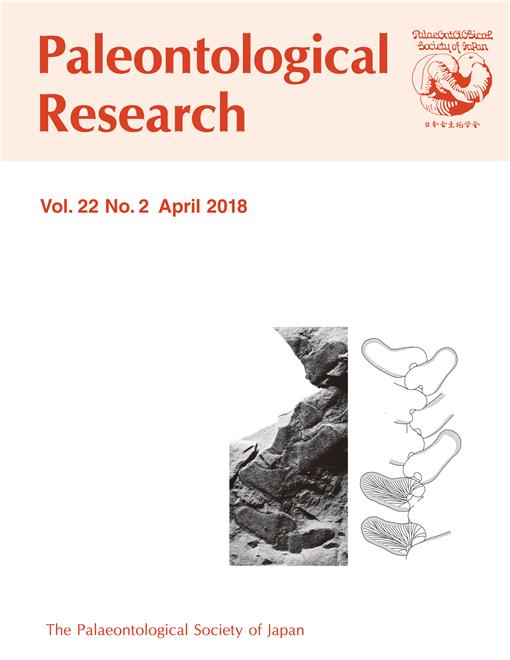A basal mosasauroid specimen, including a rib and a vertebra from the middle to posterior portion of the trunk, is reported from the lower Campanian Inoceramus (Platyceramus) japonicus Zone in Obira Town, northern Hokkaido, northern Japan. It is the second occurrence of basal mosasauroids sensu lato in Japan after the halisaurine Phosphorosaurus ponpetelegans, but represents a larger individual than the P. ponpetelegans holotype. The Obira specimen predates the early Maastrichtian P. ponpetelegans by about 10 million years, indicating colonization by basal mosasauroids of the northwestern Pacific by at latest the early Campanian age. While the overall morphology of the Obira specimen agrees well with that of a halisaurine vertebra, the presence of well developed zygantra (zygosphenes missing postmortem if present), the inclined condyle, and a distinct precondylar constriction uniquely align the specimen with Pannoniasaurus inexpectatus, a Santonian-aged basal mosasauroid from freshwater deposits in Hungary.
How to translate text using browser tools
1 April 2018
A Basal Mosasauroid from the Campanian (Upper Cretaceous) of Hokkaido, Northern Japan
Tamaki Sato,
Takuya Konishi,
Tomohiro Nishimura,
Takeru Yoshimura
ACCESS THE FULL ARTICLE

Paleontological Research
Vol. 22 • No. 2
April 2018
Vol. 22 • No. 2
April 2018
Halisaurinae
lower Campanian
Mosasauroidea
Tethysaurinae
Yezo Group




